Firenze was a centre of medieval European trade and finance and one of the wealthiest cities of that era.
It is considered by many academics to have been the birthplace of the Renaissance, and has been called "the Athens of the Middle Ages".
Its turbulent political history includes periods of rule by the powerful Medici family and numerous religious and republican revolutions.
From 1865 to 1871 the city served as the capital of the Kingdom of Italy (established in 1861).
The Florentine dialect forms the base of Standard Italian and it became the language of culture throughout Italy due to the prestige of the masterpieces by
Dante Alighieri, Petrarca, Giovanni Boccaccio, Niccolò Machiavelli and Francesco Guicciardini.
The city attracts millions of tourists each year, and UNESCO declared the Historic Centre of Firenze a World Heritage Site in 1982.
The city is noted for its culture, Renaissance art and architecture and monuments. Here it is plenty of works by Filippo Brunelleschi, Michelangelo, Leonardo da Vinci, Raffaello, and Botticelli
The city also contains numerous museums and art galleries, such as the Uffizi Gallery and the Palazzo Pitti, and still exerts an influence in the fields of art, culture and politics. Due to Firenze's artistic and architectural heritage, Forbes has ranked it as the most beautiful city in the world.
The historic center, which is very close to the congress venues, is a stage, surrounded by the Renaissance architecture of noble palaces, squares, and churches.
Walking around Firenze, taking in the breathtaking beauty of the lush Florentine landscape that stands astride the serenely flowing Arno River,
ornamented by the red clay tile roofs of the ancient cityscape, it’s easy to imagine how the great artists were so inspired by the city and its surroundings.
Firenze is the heart of Tuscany, the home of some of the world’s most beloved cuisine, a place where the culinary arts continue to reach new peaks of development under the Tuscan sun.
One of Firenze’s most essential points of interest is Piazza della Signoria, a vast plaza where Michelangelo’s David stood in front of Palazzo Vecchio for 400 years and
is now replaced by a nearly identical copy. The real David, a glowing miracle, can still be seen at Galleria dell’Accademia.
The Piazza della Signoria also has Benvenuto Cellini’s arresting bronze sculpture of Perseus with the Head of Medusa.
The grand plaza is lined with restaurants and boutiques and sidewalk cafes where you can watch the life of Firenze play out before you.
Other essential Florentine attractions not to be missed include the Uffizzi Gallery, which houses many of the greatest paintings of all time, and the Ponte Vecchio,
the oldest bridge across the Arno River, lined with small shops and, of course, tourists. And that’s only a small taste of what’s available to experience in Firenze.
Some text and images from Wikipedia

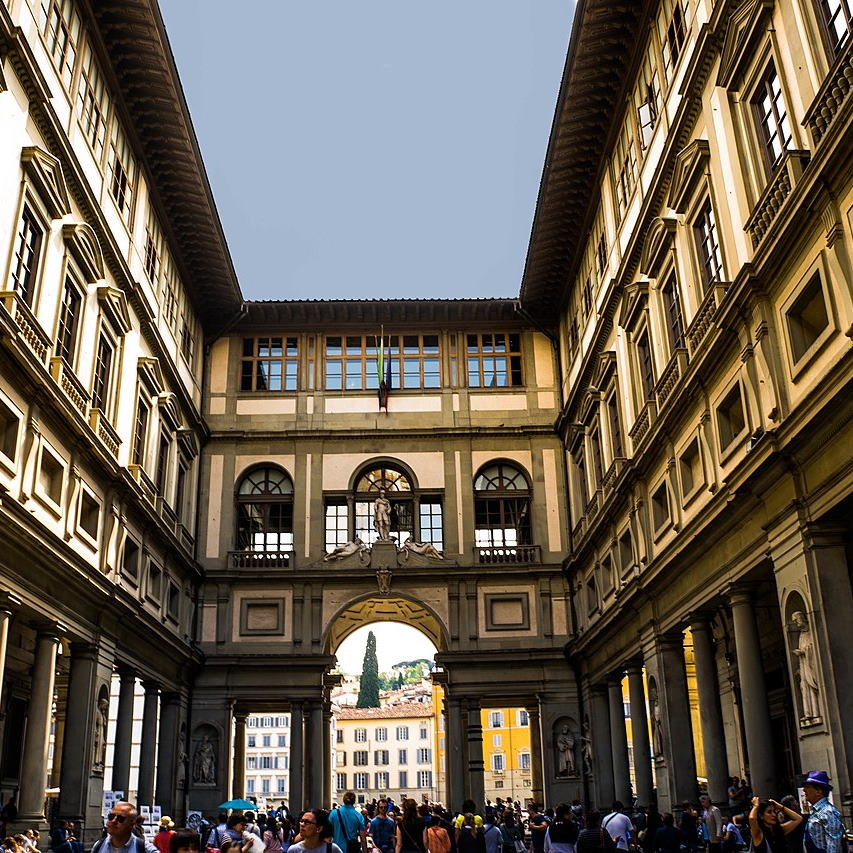
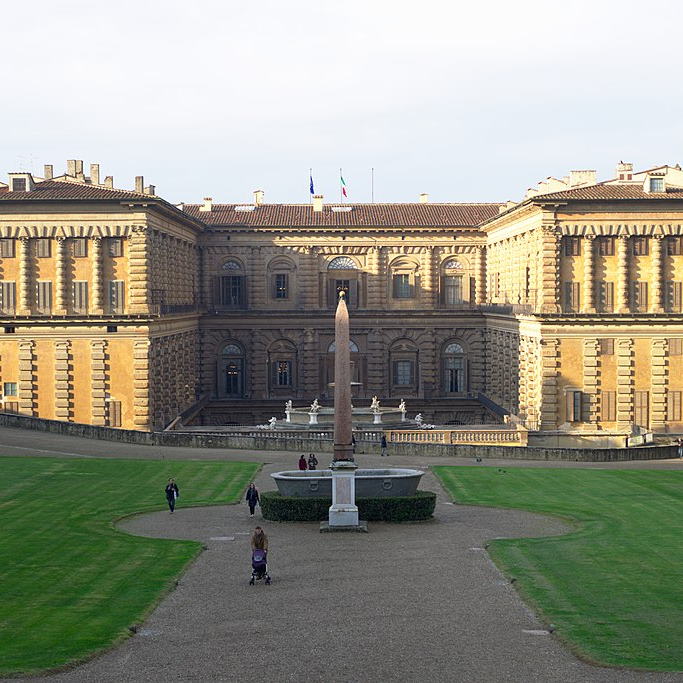
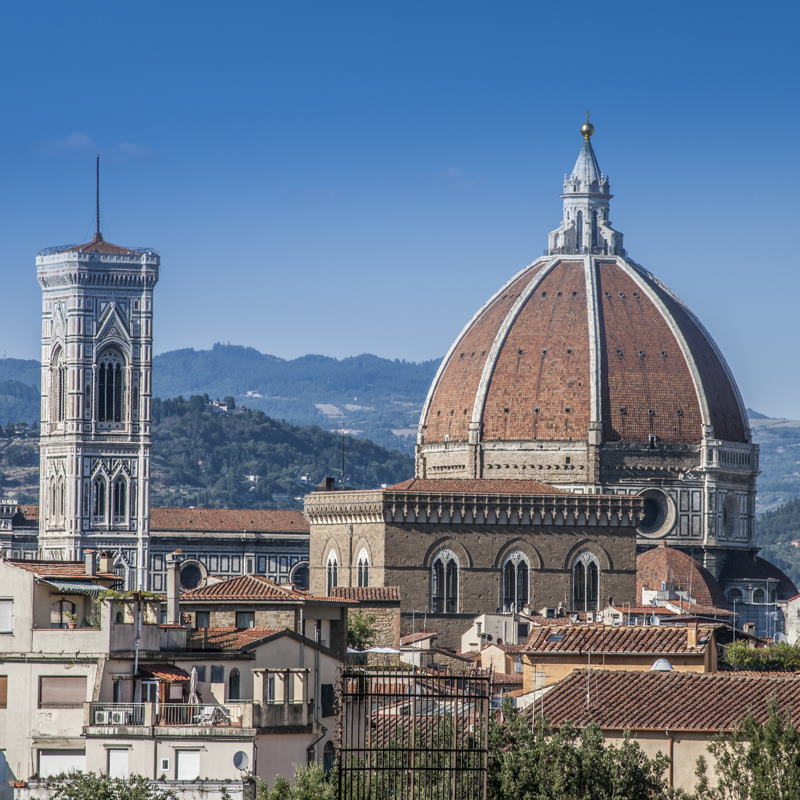
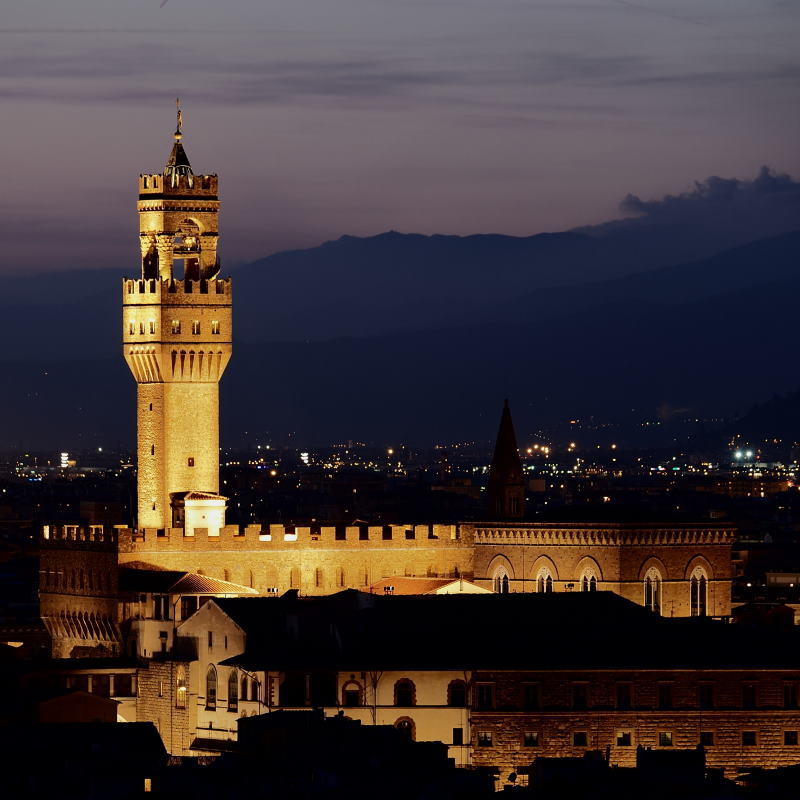
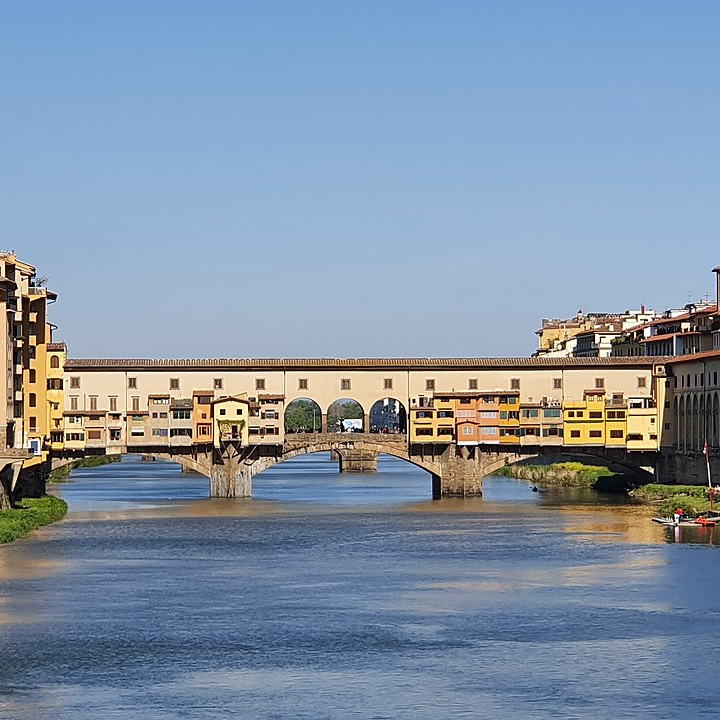
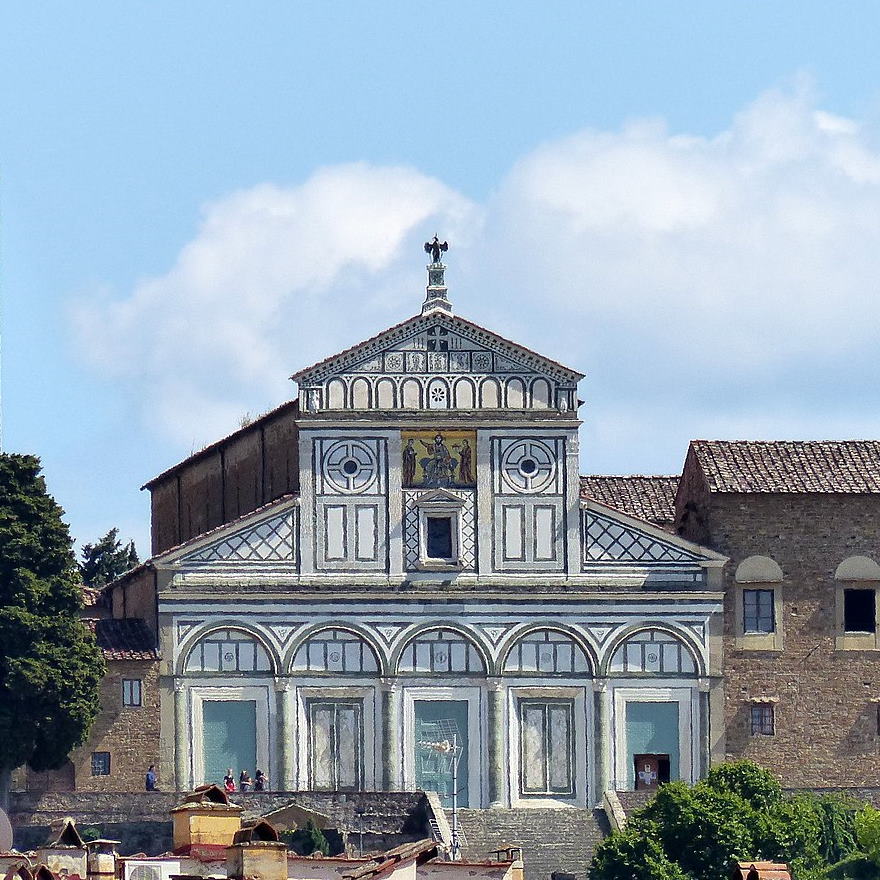
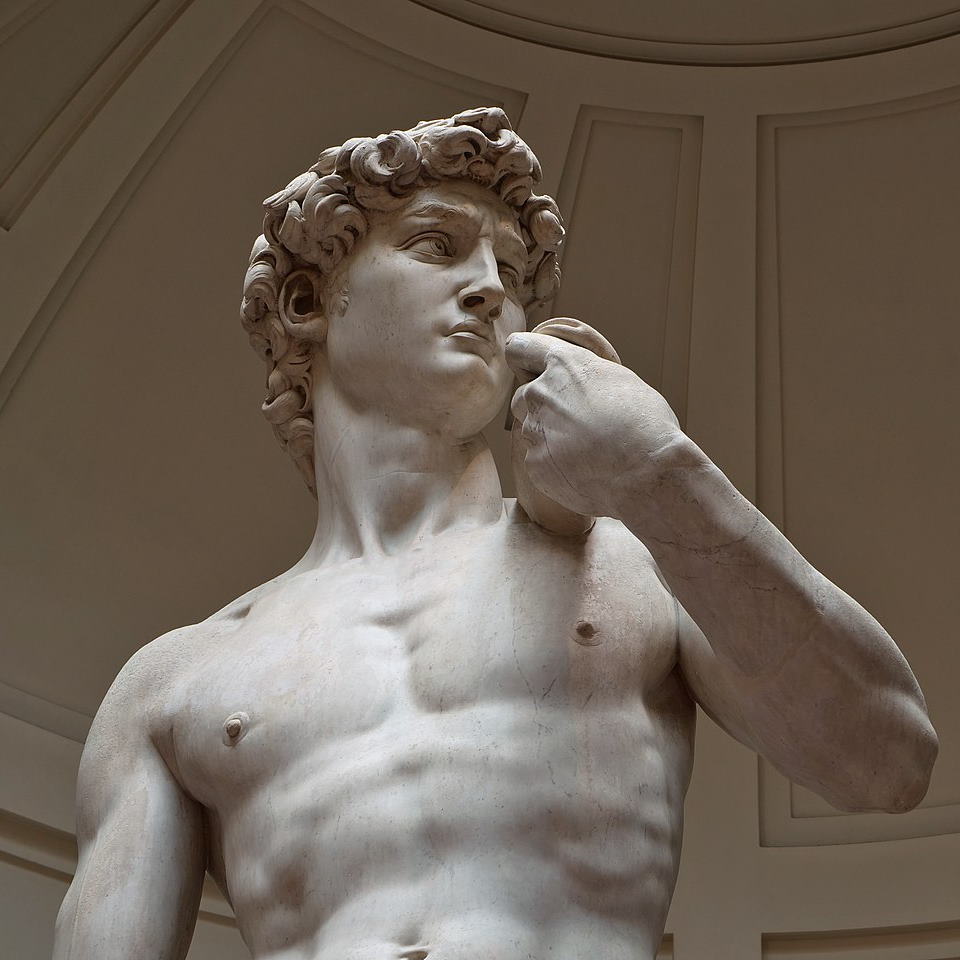
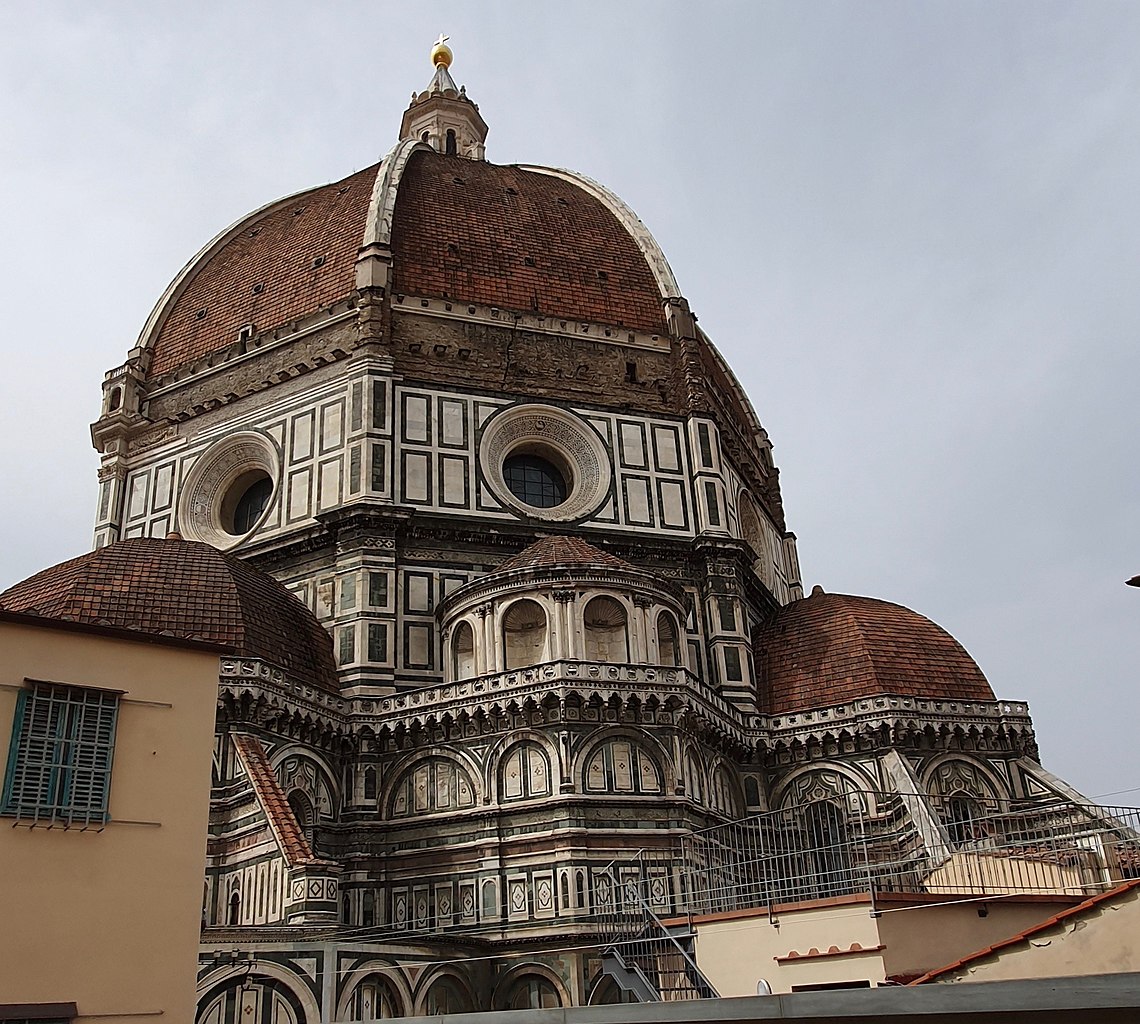

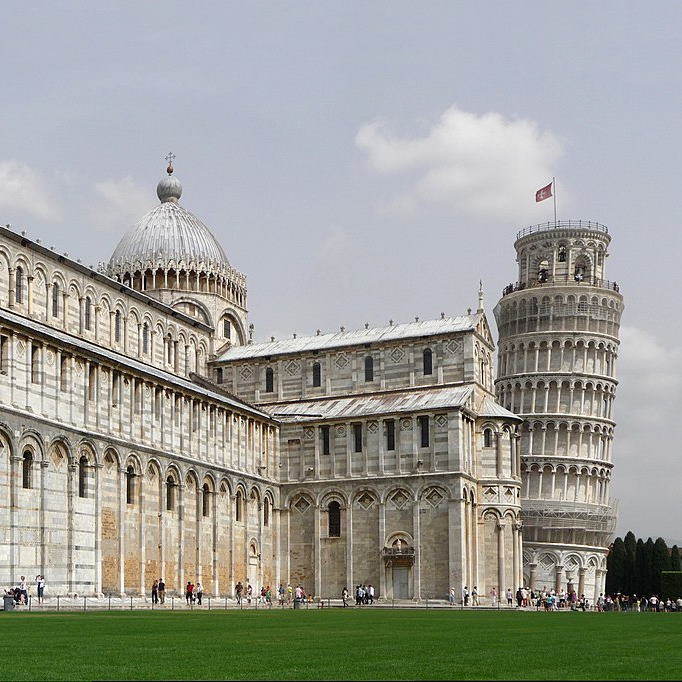
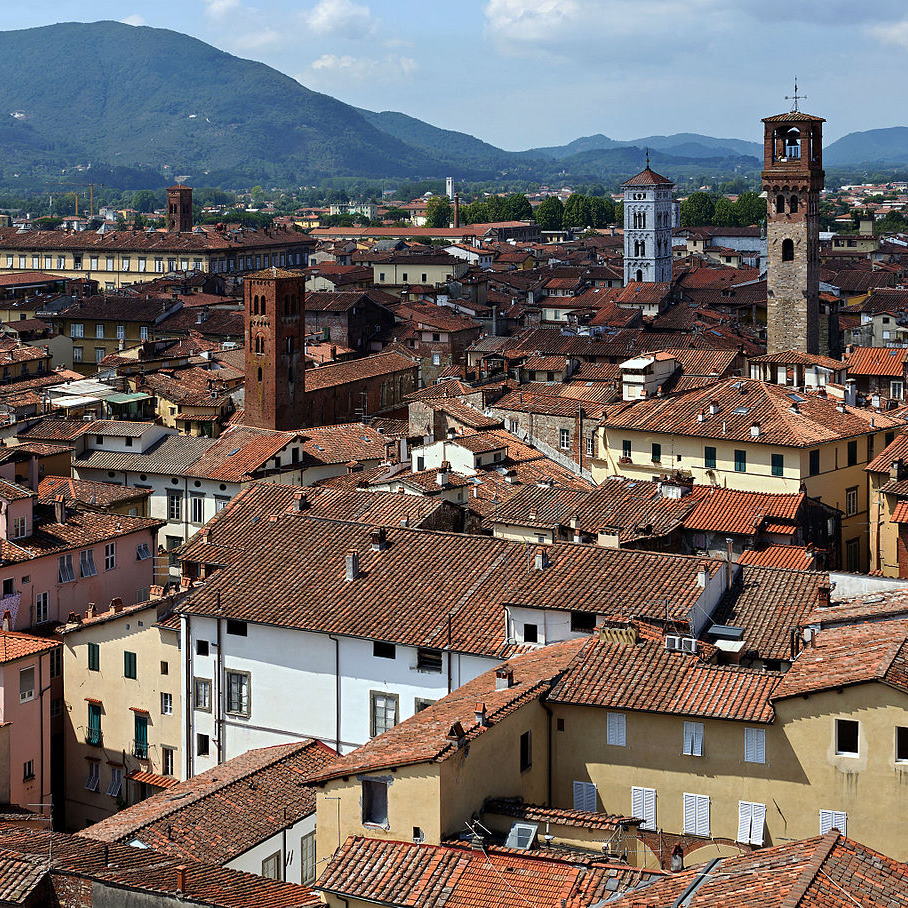
.jpg)
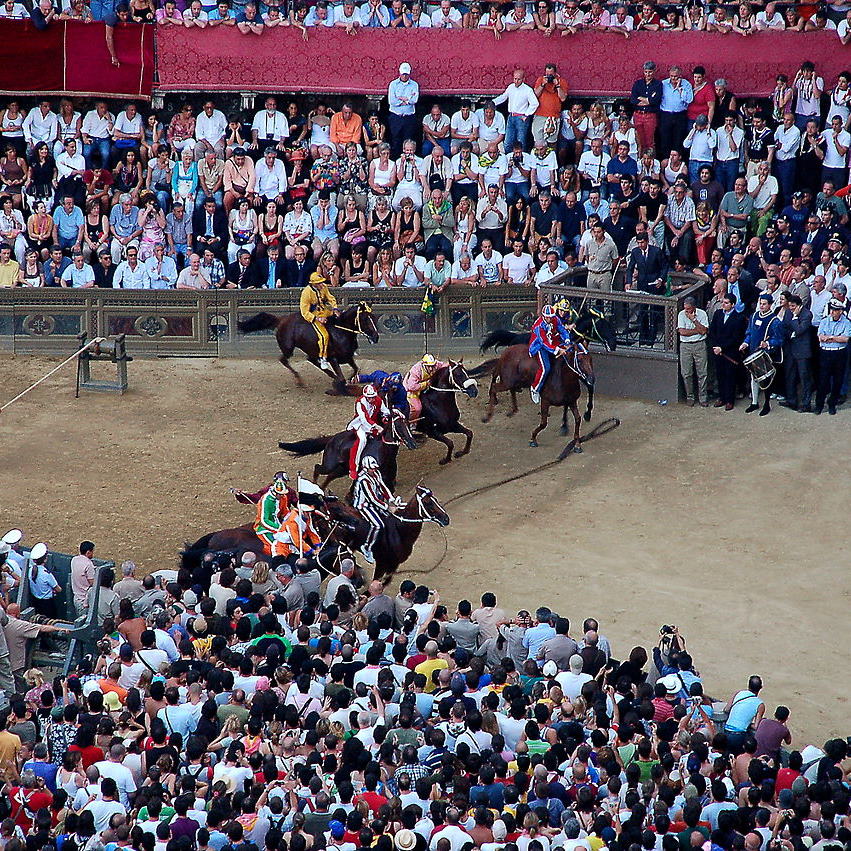
.jpg)
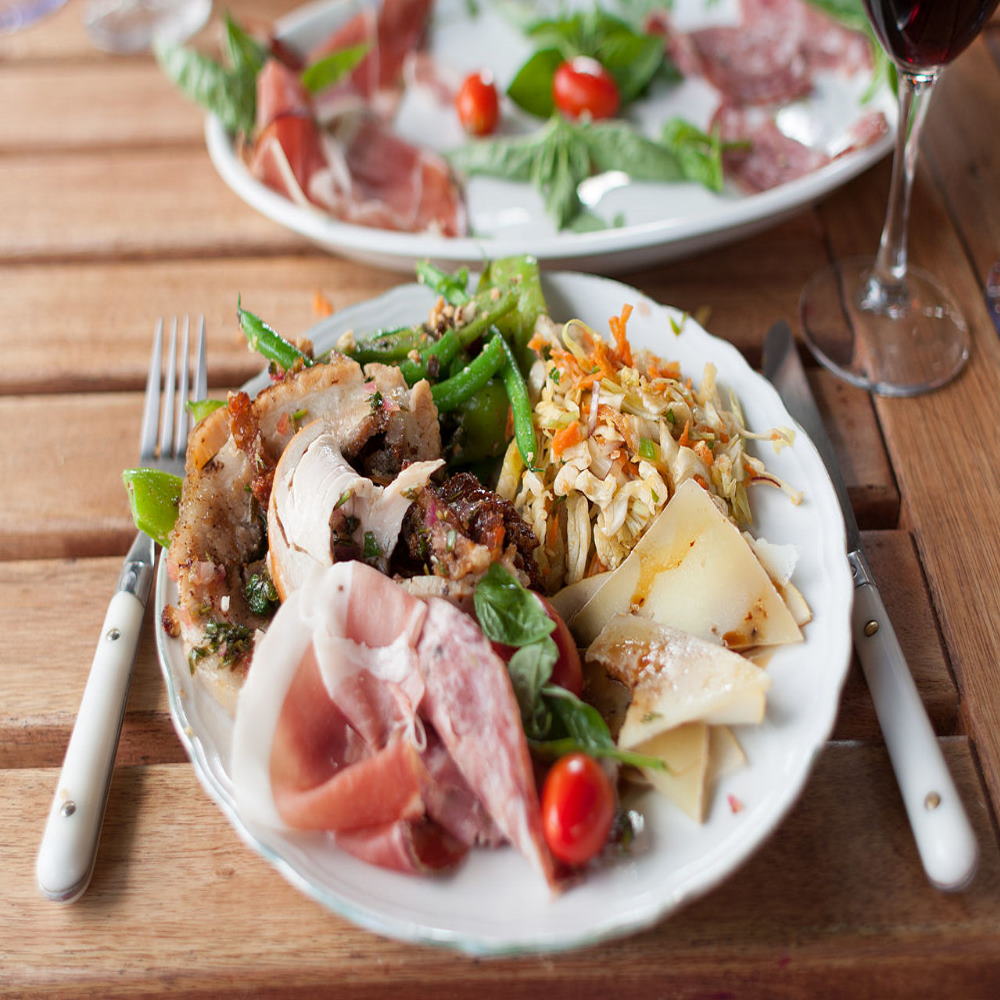
.jpg)